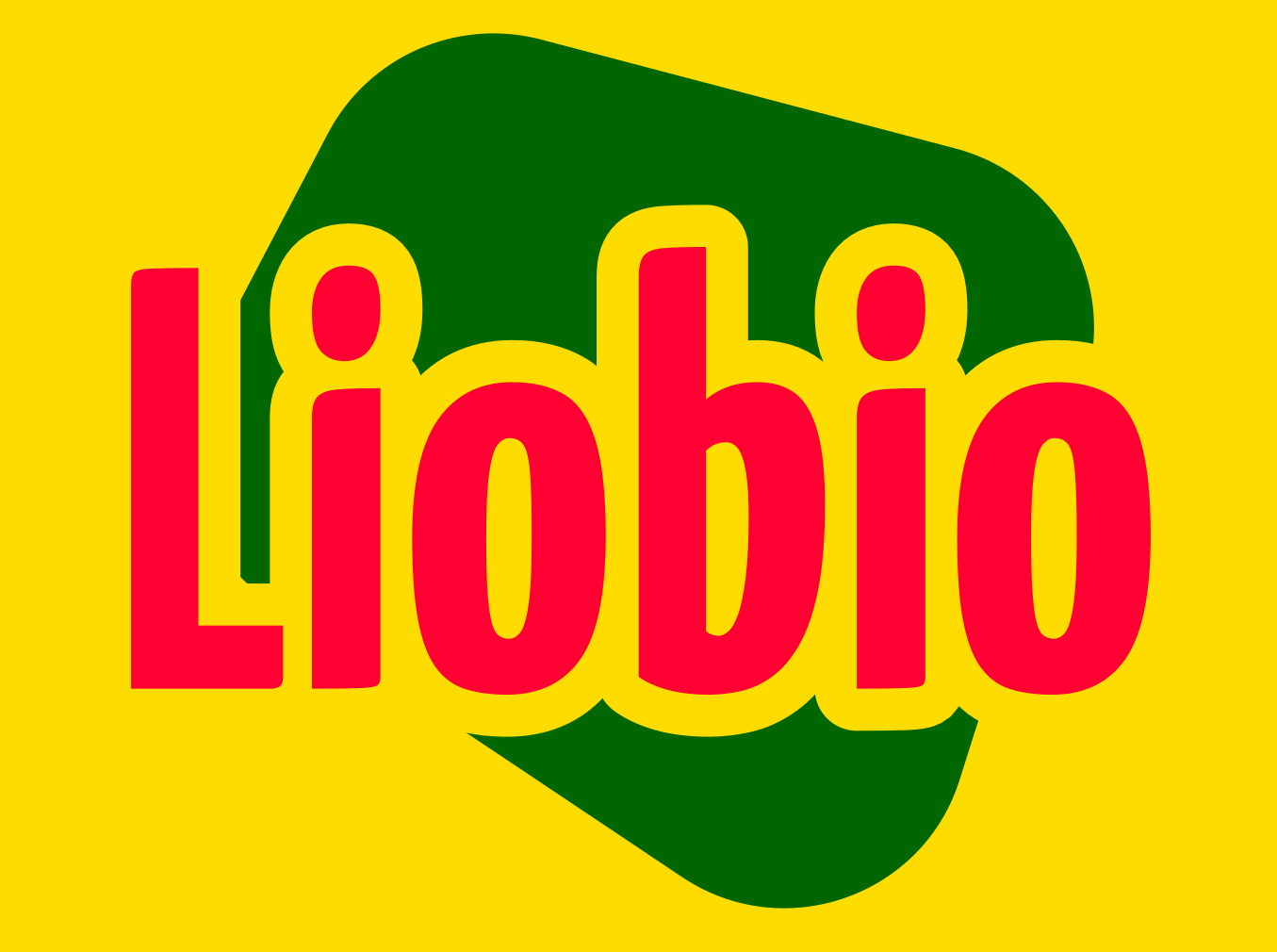AI is no longer just about data — it’s developing a sense of taste. In recent years, tea producers have begun integrating AI-powered grading tools into the supply chain to enhance quality control, reduce fraud, and improve transparency.
One of the most promising applications is in oolong and Pu-erh classification, where variables like oxidation level, roast profile, and fermentation can be difficult to measure consistently. AI models analyze visual cues (like leaf curl and edge browning) along with chemical markers to rank tea into specific grades.
Companies in Fujian and Yunnan have already deployed smart sensors and camera systems at processing facilities. These tools not only increase efficiency but also allow tea producers to back their labels with objective, traceable metrics.
However, critics argue that AI grading may overlook the aesthetic and spiritual elements of tea culture — such as the “cha qi” or energy of the leaf, which is still better felt than measured.
Still, as tea becomes more global and data-driven, AI will likely become a powerful assistant to human expertise — not a replacement.
Want to explore teas that even AI would rank highly? Browse our premium Chinese teas, carefully sourced and curated by real people — not just algorithms.
Dive deeper into the harmony of tech and tea at our blog, where we blend innovation with tradition, one leaf at a time.



